TP-Link Archer C7 V5
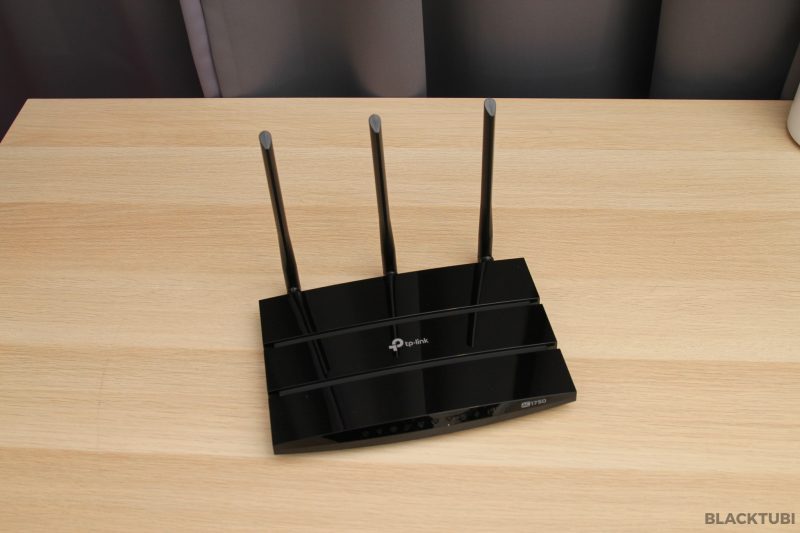
TP-Link Archer C7 is probably one of the oldest model from TP-Link after the legendary TL-WR1043ND. It has been around for as long as I can remember being one of the earliest Wireless AC router. The Archer C7 has received multiple hardware updates and improvements despite having the same model name.
The latest hardware currently is the Archer C7 V5. We will see how good this model this after so many years considering TP-Link never actually say what has changed. It was released back in the time where beamforming and MU-MIMO support is not typical. We shall see how good this router is today comparing to the cheaper Archer C6.
Hardware Specs
The hardware of the Archer C7 is still largely familiar since the first hardware version. It still support wireless AC1750 which means the maximum link speed if 1300Mbps on the 5Ghz channel and 450Mbps on the 2.4Ghz channel. But, note that it is impossible to achieve this is real life.
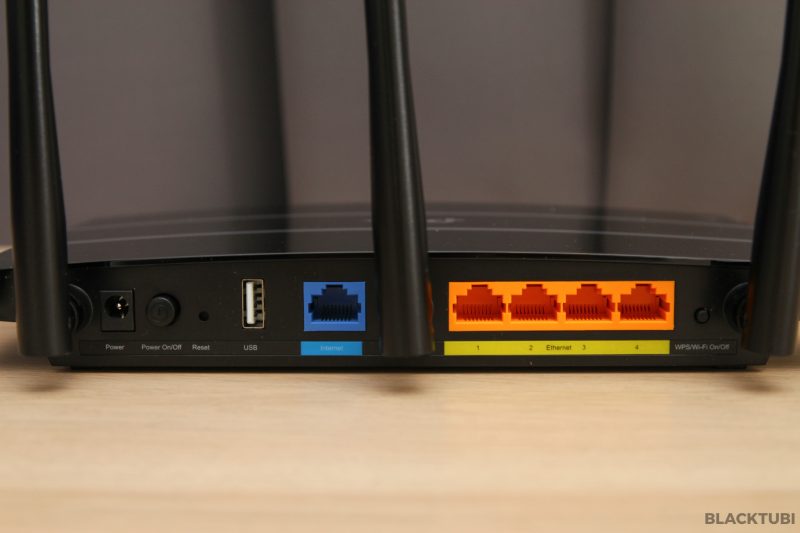
It comes with 4 Gigabit Ethernet LAN ports which is great considering that our ISP in Malaysia do support faster speeds now. There is a single USB 2.0 port instead USB 3.0. I have tested a lot of routers with USB 3.0 port and only a handful of router can actually benefit from USB 3.0 with the Archer C5400x being one of them. Not to mention that USB 3.0 will affect the performance of 2.4Ghz. I don’t think it is a huge lost with the USB 2.0 port. Click here for the full specification.
User Interface and Management
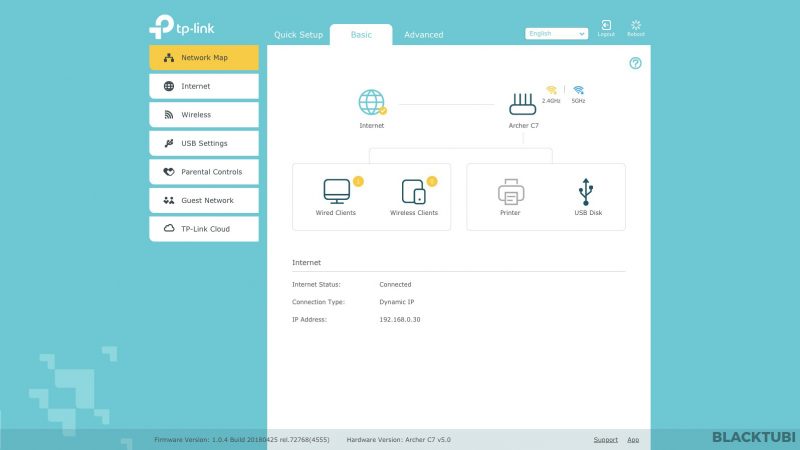
The old Archer C7 comes with the legendary green interface which all old TP-Link router uses. As for this latest V5 version, the firmware is entirely new and updated with the latest features. It is much more easier to operate and comes with plenty of useful features.
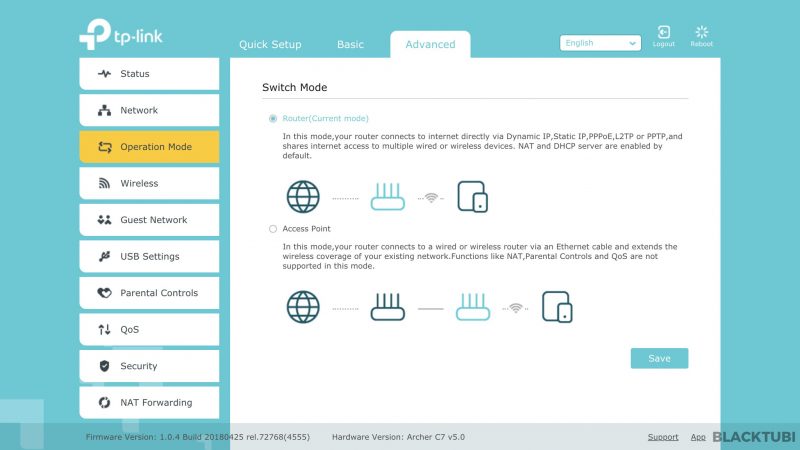
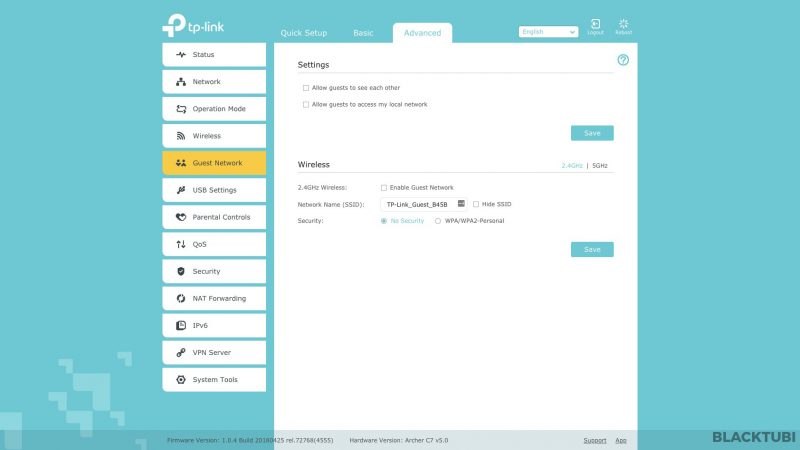
The Archer C7 supports access point mode in addition to the typical wireless router operation mode. It is handy if you want to use the Archer C7 as an access point. Of course, there is a guest wireless network feature shall you want to segregate your guest network from your home network.
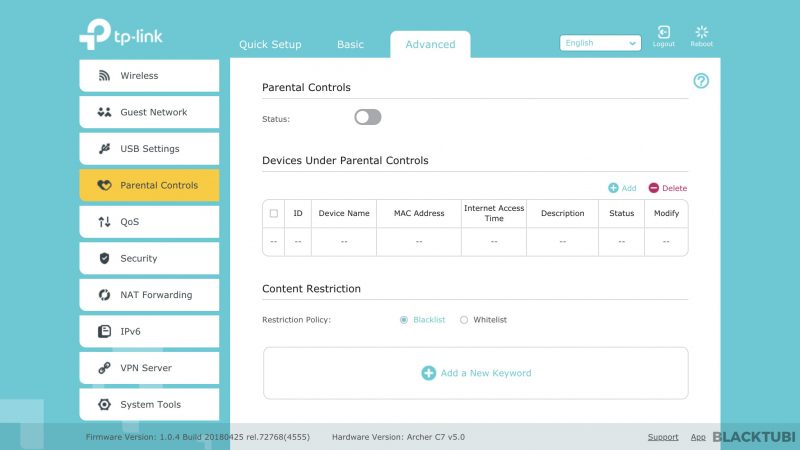
Besides, there is a basic parental control feature in the firmware. It can block website containing certain keyword and restrict Internet access time to selected devices.
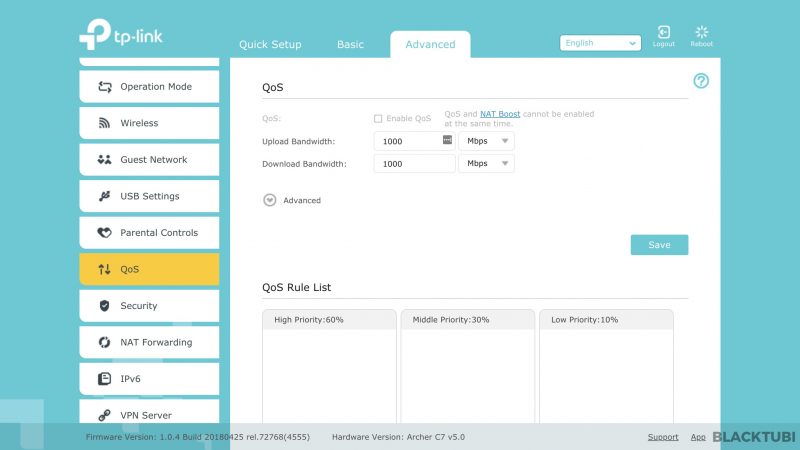
TP-Link included a simple QoS engine but it will not work when NAT Boost is enabled. NAT Boost is required if your Internet connection is faster than 100Mbps and you access this settings in the system parameters. It is enabled by default.
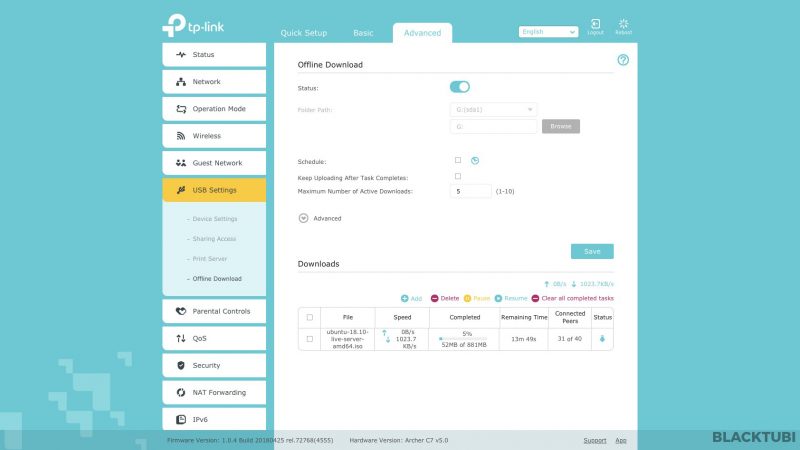
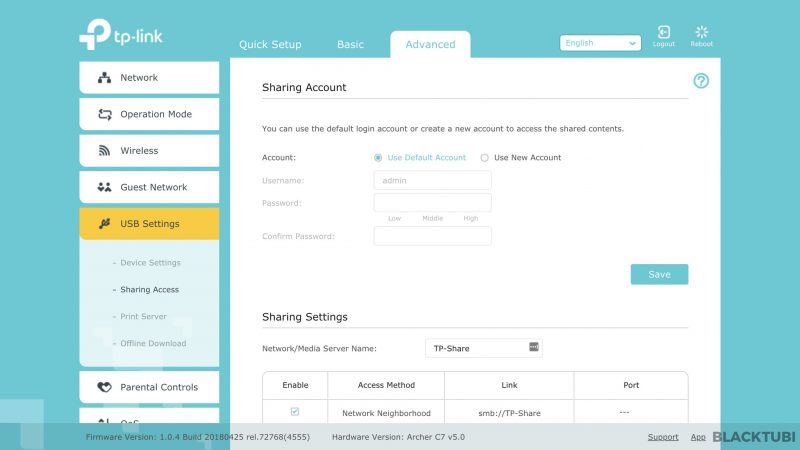
The USB ports is not just for show. You can share files on your network by plugging in a USB external hard drive. The router also lets you to share your printer on the network wirelessly. The most impressive feature is probably the offline download feature where you can use your router to download file with your computer turned off.
TP-Link Archer C7 also support the TP-Link Tether app which is handy to manage your router on your phone. The Archer C7 can be linked to a TP-Link ID on TP-Link Cloud. With that, all TP-Link cloud devices will appear once logged in to your TP-Link ID on the Tether app.
Archer C7 Unifi Configuration
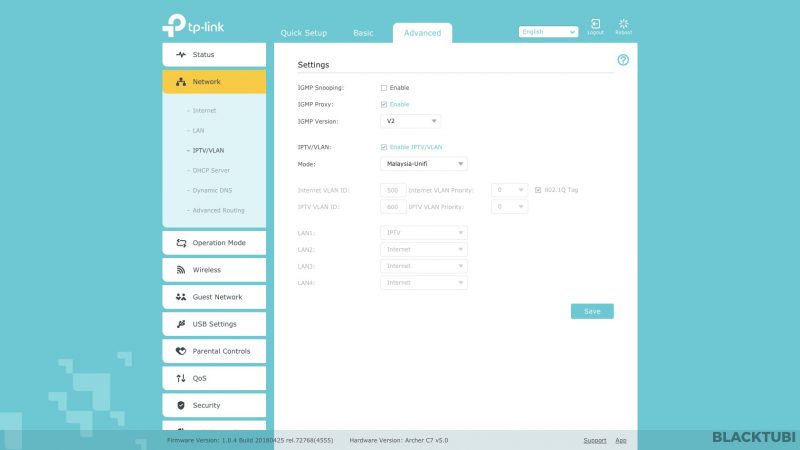
At this point, all TP-Link routers are compatible with majority Malaysia ISP right out of the box. TP-Link is not taking any chance in this aspect and Unifi is certainly included. The configuration is not that hard as you will be prompted to select your ISP during the initial configuration wizard. Your HyppTV should be connected to LAN1 behind the router once Unifi mode is enabled.
For a detailed TP-Link router Unifi configuration guide, check out our configuration article.
Performance
WAN Performance
WAN Performance is what determine the maximum speed you can get out of your ISP. Having Gigabit ports does not mean the router can support up to 1000Mbps over Ethernet.
We determined that this router peak at ~900Mbps. Thus, it will have no problem supporting Unifi 800Mbps plan on wired LAN. But, you need to enable “NAT Boost” option in the system parameters or the speed will be slower. This option is enabled by default.
Wireless Performance
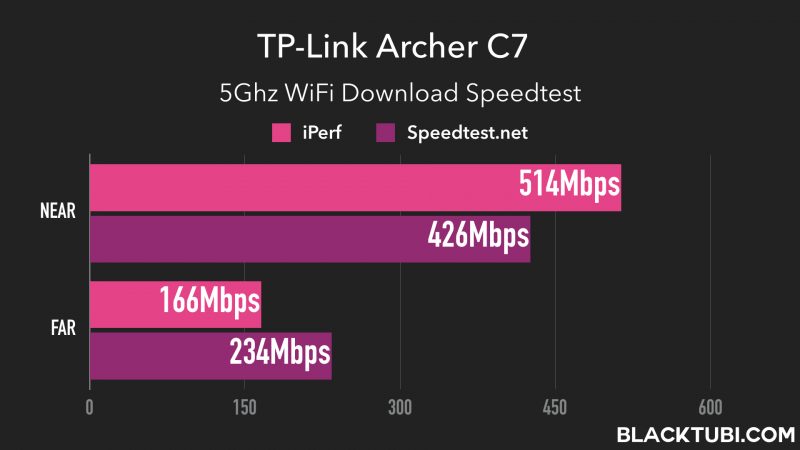
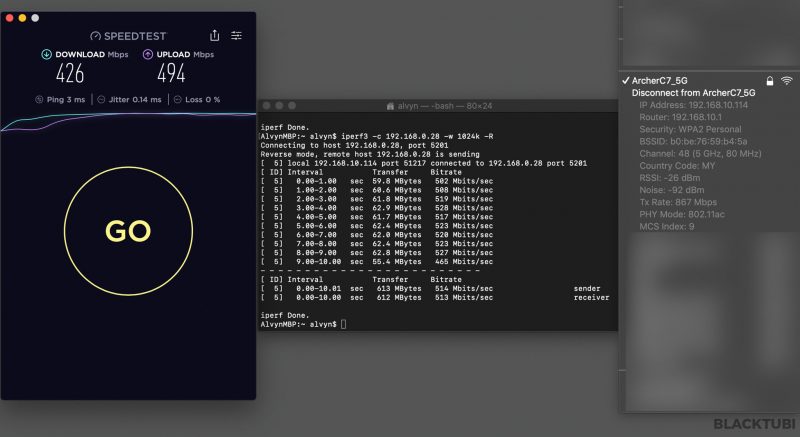
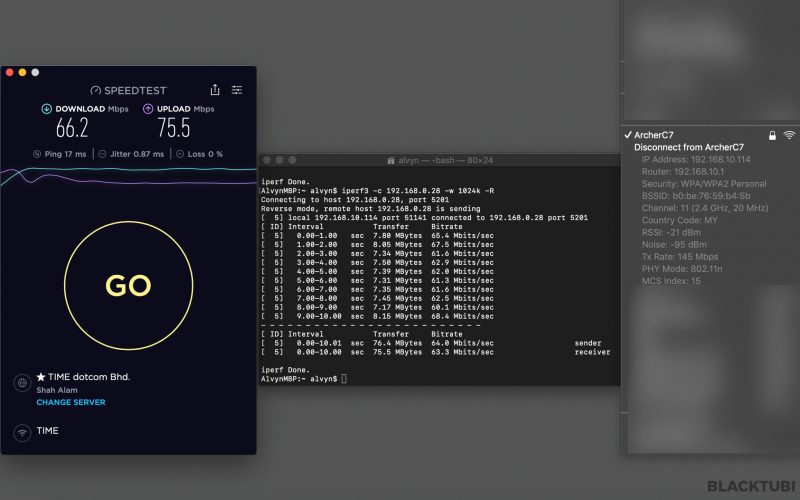
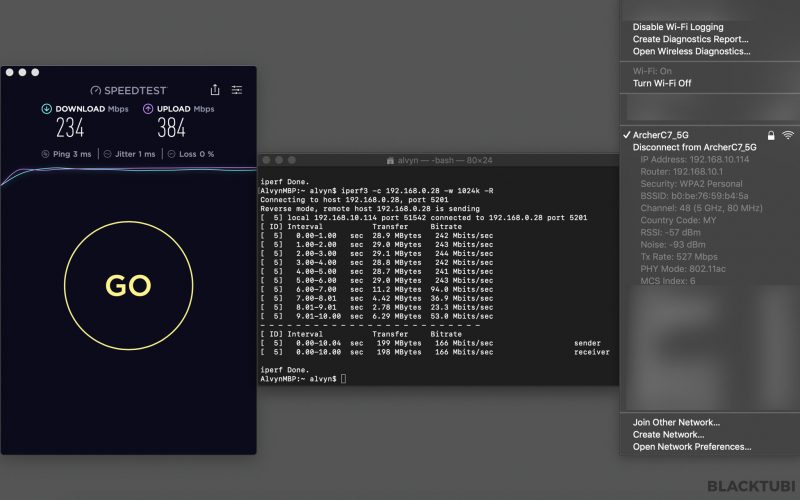
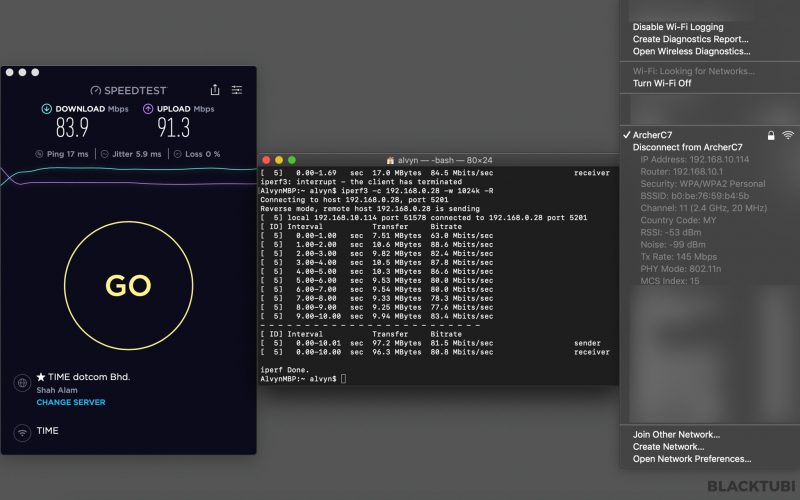
The performance is still rather solid despite being such an old device thanks to the hardware updates. I compared it against the cheaper sibling, Archer C6.
On the 5Ghz test with my laptop with an AC1200 wireless card, the Archer C7 perform decently. But, the peak performance of the Archer C6 is better when tested with my laptop. I guess having beamforming actually make a difference. I do not have an AC1750 device to test this router.
The strong part of the C7 is actually the stability of the device. I know some people who used the Archer C7 for years and it never ever failed once. The performance may not be the best today but the stability is really good. The coverage is also slightly better than the Archer C6.
The Archer C7 perform better than the C6 in both performance and range on 2.4Ghz. The wireless connection is both faster and delivering a bigger coverage area.
Closing Thoughts
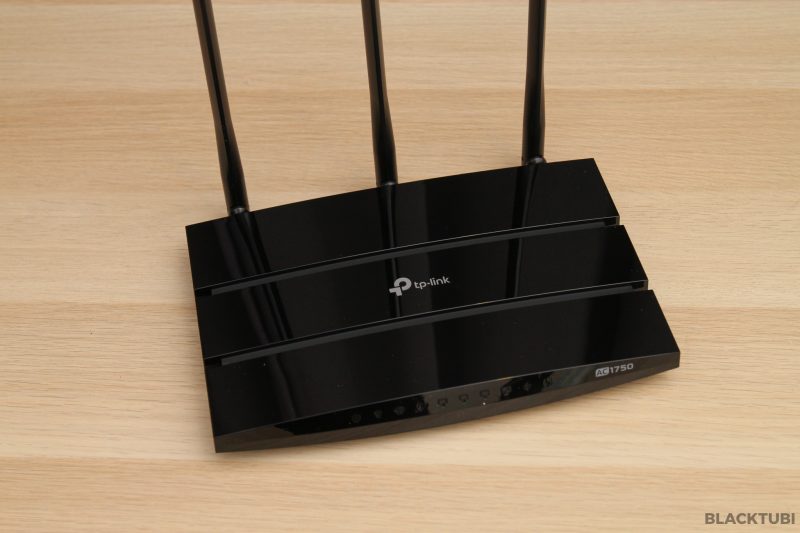
The Archer C7 is a really solid router, it performs decently and reliably. I guess it is probably one of the most stable router from TP-Link considering that this model has been in production for close to 5 years. TP-Link undergoes a rebranding 2 years ago and totally revamped the firmware on the Archer C7. The firmware is a lot nicer to use and it comes with more features such as the QoS and the offline download feature while maintaining the stability of this router.
The hardware of the router is still decently fast, it is not the best in the class but it is very stable. However, it feels a bit dated at this point considering the newer and more affordable Archer C6 can actually perform similarly if not outperform the Archer C7 on 5Ghz with AC1200 devices. You may say this is an unfair competition but most devices we use only have Wireless AC1200. So, do I still recommend this? Yes, considering it performs decently well and being rock solid stable. But, if you don’t mind the features, get the cheaper Archer C6 or upgrade to the Archer C2300.
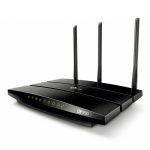
TP-Link Archer C7
The Archer C7 is a really reliable router with good stability.
8.5
Tubi Score
Good Stuff
- Able to support 1G Internet speed on wired Ethernet
- Good stability
Bad Stuff
- No beamforming
- No MU-MIMO

Good article from Malaysia. Informative.
All routers that support standard N WiFi technology have MU-MIMO…
All routers that support Wireless N support SU-MIMO. MU-MIMO is only available on newer routers.
Router itself is pretty good, the firmware isn’t the best and its taken awhile to release and fix some of the issues. Like IPV6 issues, wireless disconnects, slow throughput and 5 Ghz band that really is short on range worse then others. Its a good basic duel band router that is affordable, but its doesn’t excel at much in terms of features, firmware, or range. In fact biggest annoyance for me is that firmware keeps refreshing too much when you adjusting settings. Unless your fast in saving changed settings you have to start over because it refreshes the page. Also… Read more »